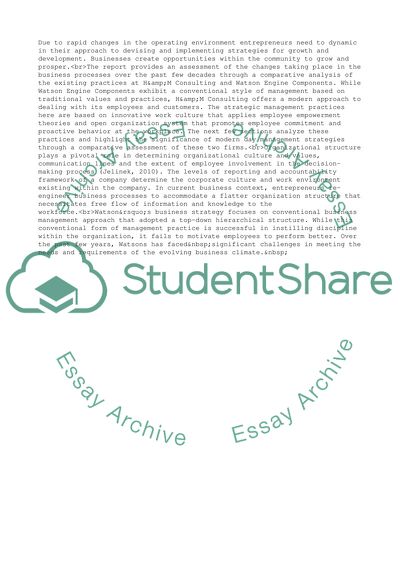Cite this document
(“Introduction to Organisations and Management Assignment - 9”, n.d.)
Introduction to Organisations and Management Assignment - 9. Retrieved from https://studentshare.org/management/1751541-introduction-to-organisations-and-management
Introduction to Organisations and Management Assignment - 9. Retrieved from https://studentshare.org/management/1751541-introduction-to-organisations-and-management
(Introduction to Organisations and Management Assignment - 9)
Introduction to Organisations and Management Assignment - 9. https://studentshare.org/management/1751541-introduction-to-organisations-and-management.
Introduction to Organisations and Management Assignment - 9. https://studentshare.org/management/1751541-introduction-to-organisations-and-management.
“Introduction to Organisations and Management Assignment - 9”, n.d. https://studentshare.org/management/1751541-introduction-to-organisations-and-management.


